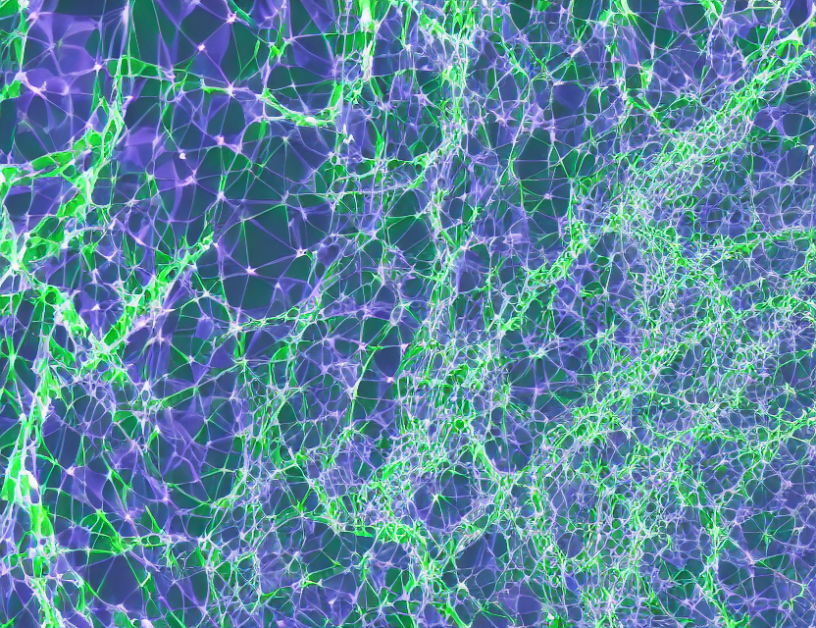Before diving into the specifics of SynFundus-Generator, it’s essential to understand the two main components that make up this innovative approach: Variational Autoencoders (VAEs) and diffusion models.
Variational Autoencoders (VAEs): VAEs are neural networks designed to learn a compact representation of data. In the context of medical imaging, VAEs can be used to compress the vast amounts of data generated by medical scans into a smaller, more manageable format. This compressed data can then be used as input for other machine learning models, such as diffusion models.
Diffusion Models: Diffusion models are neural networks that take the compressed data from VAEs and generate new images based on that data. These models work by "diffusing" the input data through a series of transformations, creating an entirely new image. The key advantage of diffusion models is their ability to generate realistic and detailed images, even when working with limited training data.
The SynFundus-Generator Framework: How it Works
Now that we’ve covered the basics of VAEs and diffusion models, let’s dive into how they come together in SynFundus-Generator. The framework consists of two main stages: training and encoding.
Training Stage: During this stage, the VAE model is trained to minimize the difference between the input RGB image and the reconstructed image using the decoder network. This process effectively compresses the data into a more compact representation, which can then be used for diffusion modeling.
Encoding Stage: Once the VAE model has been trained, it’s frozen and applied to encode the RGB space into the latent space. The diffusion model (U-Net) is then trained on top of this encoded data, using conditions that include both content and time. This stage involves minimizing the mean squared error between the current step Gaussian noise and the prediction made by the diffusion model.
The Encoded RGB Space: A Key Component of SynFundus-Generator:
One of the most critical components of SynFundus-Generator is the encoded RGB space. This space represents the compressed data generated by the VAE model, which can then be used as input for the diffusion model. By encoding the RGB space in this way, SynFundus-Generator can generate highly realistic medical images that are detailed and accurate.
Potential Applications of SynFundus-Generator
So what are some potential applications of SynFundus-Generator? The possibilities are vast, but here are a few examples:
- Data augmentation: With the ability to generate highly realistic medical images, SynFundus-Generator could be used to augment existing datasets and improve the performance of machine learning models in various applications, such as image classification or segmentation.
- Disease modeling: By generating synthetic medical images that mimic real-world diseases, SynFundus-Generator could be used to study and understand disease progression more effectively than ever before.
- Virtual reality: With the ability to generate highly detailed and realistic medical images, SynFundus-Generator could be used to create virtual reality environments for training or education in the field of medicine.
Conclusion: A Promising Approach to Medical Image Synthesis:
In conclusion, SynFundus-Generator represents a significant breakthrough in the field of medical image synthesis. By combining the strengths of VAEs and diffusion models, this approach can generate highly realistic and detailed medical images with ease. While there are still many challenges to overcome before this technology can be widely adopted, the potential applications of SynFundus-Generator are vast and exciting. As researchers continue to explore the possibilities of this innovative approach, we can expect to see significant advances in the field of medicine in the years to come.



